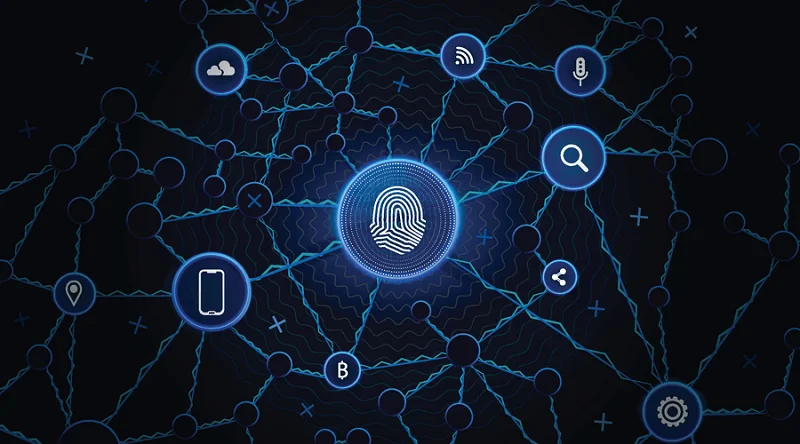In fact, your team could consist of the best talent in the world. But, this means little if they don’t have a framework for working together — and that’s where the 5 stages of group development come into play. Everyone should try their best, but nobody will get it right on the first try or every time. Each team you are a part of is another chance to learn how you work with others and what kind of person you work best with. Generally the forming stage has the team starting on whatever larger project that they have been assigned. It’s critical to vocalize to each member their expectations and their accomplishments at every opportunity during this early stage.
- As with all the stages it is important to recognize that forming occurs whenever a new team is created.
- Group members acknowledge the talents, strengths, and skills of other members on the team, leading to a sense of community and motivation to work towards the group’s ultimate goal.
- In recent days organizing primary care services for acute, chronic and preventive care is a major challenge.
- Finally, use this knowledge to help you overcome problems and reach your project goals with success.
- You are participating in the discussions instead of leading them all, and the team begins to solve problems jointly.
- To see what your tax responsibilities are, read our blog post….
- In addition to focusing on the scope of the team’s purpose and means of approaching it, individuals in the formation stage are also gathering impressions and information about one another.
For this reason, motivation is usually high and team members have confidence in their ability to attain goals. Keep reminding the team to check in with each other regularly in person or via instant chat, but stay out of their way. They will waste time and lose their focus if they have to answer frequent, unscheduled questions about what they’re working on. Encourage team members to develop a schedule filled with large blocks of time that are free from interruptions like meetings or check-ins. In this world of constant notifications, it’s easy for people to get derailed and forget which goals are really important.
The Four Phases of Teamwork
Sign up now and get FREE access to our extensive library of reports, infographics, whitepapers, webinars and online events from the world’s foremost thought leaders. Introduce and train the team on the problem solving model to be used. The organisational environment the new team exists in is also unfamiliar to its members. The managers must introduce the team to its stakeholders and explain its dependencies and its place in the organisation.

Roles on the team may have become more fluid, with members taking on various roles and responsibilities as needed. Differences among members are appreciated and used to enhance the team’s performance. Delegate tasks appropriately and in line with the skills, experience, and interests of individual team members.
Navigating the “forming” stage
Help your team check in with each other by holding daily stand-up meetings or mid-week progress reports to see if everyone is on track and has the materials they need. Finally, share the project roadmap so the team can see the starting point, the proposed check-in points, and the end goal. This gives them insight into the bigger goal but also breaks down the timeline into smaller increments. As a project progresses through different phases some team members will leave the project, others will join and some will move into new positions within the project. The individual roles your team members play are incredibly important to team performance. These roles could be the official title they were hired to do, or the role they fit into naturally within the group dynamic.
For those group members who have previously worked together, formerly unresolved issues may even arise. Some conflict can be good as it can help work through issues, as well as determine whether or not the group will be able to work together. Ultimately, the group https://globalcloudteam.com/ needs to gain clarity by working through its major issues, which allows them to move forward into the next stage. The leader’s role in team building during this stage is a significant one. It’s important to note that not all groups make it past this stage.
Hiring a Software Developer
“Storming” can be thought of as “weathering the trying times that will come with the stresses of a project.” The latter doesn’t exactly roll off the tongue – so storming is efficient. It requires more preparation from the leader to go smoothly, but non-participation by team members can be catastrophic. The casual nonchalance in this stage should be balanced with a healthy respect for how important it is as it will directly influence how the team will act. Borrill C, West MA, Shapiro D, Rees A. Team working and effectiveness in health care. Others might increase productivity due to the excitement of reaching the goal. The final stage gives team members similar feelings to the beginning stage.
Barcelona announce Mikayil Faye signing on four-year deal – Sports Mole
Barcelona announce Mikayil Faye signing on four-year deal.
Posted: Mon, 19 Jun 2023 12:36:41 GMT [source]
Kumar S, Adhish VS, Deoki N. Introduction to strategic management and leadership for health professionals. Motivators would increase job satisfaction while the hygiene factors would reduce job dissatisfaction. Money as a reward would be a motivator otherwise a hygiene factor. The leader of team should focus on Job enrichment as a job satisfaction strategy when money and hygiene factors cannot be increased or no longer motivate a staff member. Since the hard feelings have been resolved, team members begin to communicate openly.
Check Your Understanding
The meeting environment also plays an important role to model the initial behavior of each individual. Members attempt to become oriented to the tasks as well as to one another. This is also the stage in which group members test boundaries, create ground rules, and define organizational standards. Discussion centers on defining the scope of the task, how to approach it, and similar concerns. To grow from this stage to the next, each member must relinquish the comfort of non-threatening topics and risk the possibility of conflict. While working on a high-performing team may be a truly pleasurable and growthful experience, it is not the end of team development.

